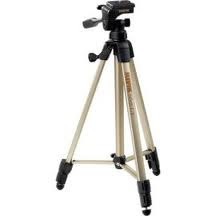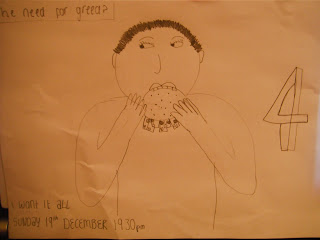Thursday, 6 January 2011
Question 4
How did you use new media technologies in the construction and research,planning and evaluation stages?
During the research and planning, construction and evaluation stages we used a large number of new technologies, listed below, are the technologies and what we used them for:
Research and Planning
Microsoft word- We used Microsoft word to produce our initial questionnaire in which we found out our target audience's likes and dislikes. We also used Microsoft word to write up our running order in the initial planning stages. Our scripts for our radio and documentary were also typed up on here so they were easy and clear to understand.
I used Mircosoft excel to produce pie charts when concluding my questionnaires as I believe that it graphically illustrates my results well.
We used the Internet to help us analyse the codes and conventions of professional documentaries by going on to websites such as Channel Four. We also used it to research our topic in which helped when it came to brainstorm our ideas for content.Later on we used it to help us think of ideas to include in our voiceover for example information on Paris Hilton and Michael Carroll. Furthermore the internet was used to get archive footage, for examples stills of drugs and news footage. We later used it to analyse radio trailers and print adverts and therefore we able to create codes and conventions that we could follow.
Construction
We used Photoshop to make all our our Print Advert, after taking our images, we imported it in to the programme, cut out our images when doing so we had to blur the edges so that they did not seem harsh and added effects to make it brighter so it stood out, gave it a background with added effects to catch the readers eye,added the Channel 4 logo and added the name,slogan, time and date.
We used a digital video camera, microphone and tripod to film the material for our documentary. The things this included were; our interviews, stock footage, a number of varied cutaways, vox pops and opening titles. We found that we had to re-film one interview due to excessive mise-en-scene, our vox-pops were filmed a number of times due to framing and background noise, and our opening titles were filmed a lot because we really wanted it to look professional, in the end we even changed our idea to achieve this.



We used a digital stills camera to take pictures as a record of our filming, for example, you will see from our images( in filming) the amount of times we had to re-film our opening titles for the number of problems that occurs. We also used a camera to take our image for our print advert.
We use the schools Radio Studio to professionally record the voiceover for both our documentary and radio trailer, this was easy to use and sounded very clear.
Adobe Premier Pro was the main piece of software we used as we used this to create both our whole documentary and radio advert. We used this to edit our interviews by editing out the questions and selecting the appropriate answers, we did this by using the 'razor tool' . We also used the effects on this piece of software by adding large number of transitions so that our work has a sense of continuity, this transition we used the most was called 'cross fade'. We used this to add in a large number of archive footage and cutaways to make our work seem more interesting, for some of these, the speed and/or size was changed in this software.Music could be easily added alongside our voiceover, Premier made it easy to change the sound levels and therefore the sound flows throughout, the music even it fades and and out so it is no abrupt.We added graphics to our documentary also, this meant we followed the codes and conventions and made our work look professional (the video below illustrates this). By the end of the construction, I would say I was confident in using Adobe Premier Pro as it is easy to use once you have grasped the basics.
Evaluation
During the evaluation I have used the following :
Prezzi - a presentation website to create a eye-catching answer which also involves and detailed and clear answer.
Voice recorder - I used a voice recorder so that I could express my answer spontaneously, also I used to it get feedback from my target audience.
Windows Movie Maker- I used this to help my upload voice clips and any footages I had for my answers ( examples below).
DV camera and tripod - I used these to record myself to illustrate how I used new media technologies.
Monday, 3 January 2011
Audience feedback
Here is the questionnaire that we wrote so that people could give us feedback on our documentary,radio trailer and newspaper advertisement.
1.Do you think our programme suits our target audience of adults 18+?
2. Would this five minute extract encourage you to watch the full programme and why?
3. On a scale of one to five how appropriate is the documentary for Channel Four and why?
(please circle)
1 2 3 4 5
4. In your opinion do the camera shots and the music suit the style and genre of the programme?
5.On a scale of one to five how would you rate our documentary in terms on the following?
(Please circle)
1 2 3 4 5
6.Do you think the camera work and editing used made our extract look professional?
7.How do you feel the documentary compares to other professionally made documentaries?
8.What are the strengths and weaknesses of our documentary?
9.What are the strengths and weaknesses of the radio trailer and print advert?
10.Do you think the sound bites and voice over in our trailer advertised our documentary to its full potential?
11. Do you think the newspaper advert effectively advertises our programmes and why?
Draft of Newspaper Advertisement
Here is a draft of our newspaper advert:


This draft shows the logo, the title, the slogan, the date and the time.
The image is one of a well dressed man biting in to a large burger bun full of a large amount of money. This image connotes the idea of greed that we are trying to get across.
Subscribe to:
Posts (Atom)













